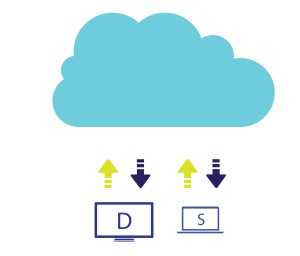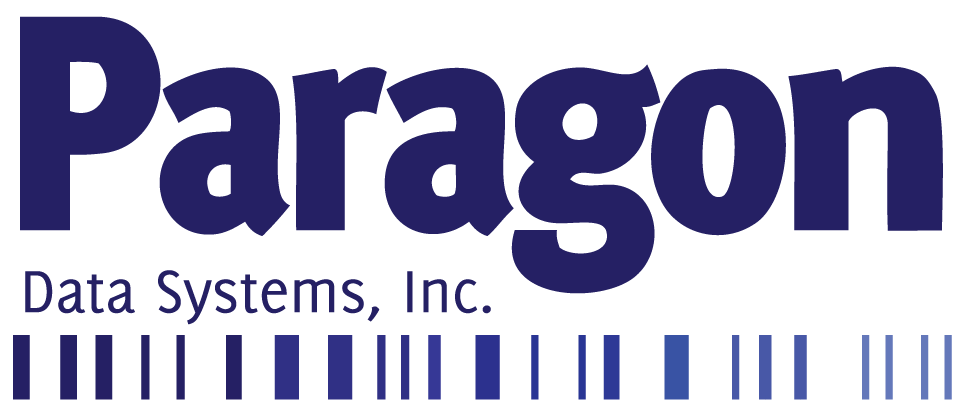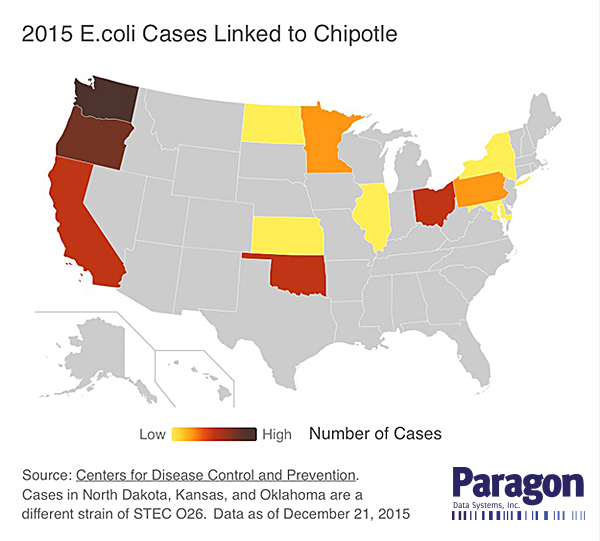Don’t Get Blistered by a Bad Solution
 For years companies have asked suppliers to identify products coming into their operations or shipping on their behalf to meet standards and formats that are beneficial to their supply chain, otherwise known as compliance labeling.
For years companies have asked suppliers to identify products coming into their operations or shipping on their behalf to meet standards and formats that are beneficial to their supply chain, otherwise known as compliance labeling.
The barcode ignited the labeling industry with a way to make processing of shipments and items in the supply chain faster and easier, so I am operating under the assumption that you see barcoding as a no-brainer. The benefits of barcoding have put the barcode in the top 10 list of technological advancements that have transformed the world. The pains associated with implementing programs to get suppliers to bar code have been worth it.
But just because companies have accepted this pain as part of the price for barcoding does not mean they have to live with it. It’s kind of like a pair of shoes that you wear all the time: you get used to the blisters and you may not even know you are uncomfortable until you put on a good pair of shoes. Well, for forced labeling compliance there is a better way– hosted labeling solutions.
Our product LabeLink is a new pair of shoes for the tired feet of those that have been running around getting suppliers to ship products with the labels they want. So what, exactly, makes hosted labeling better than the traditional method of giving customers specifications to follow?
10. The Mom and Pop Shop
Not all suppliers are multi-million dollar companies. Most companies have a percentage of suppliers that are smaller operations and don’t have sophisticated IT resources. Doing business with them can be compromised by their lack of ability to understand label compliance.
Hosted applications are easy to use, and forced labeling compliance eliminates the possibility of suppliers making accidental changes. The ability to print labels becomes easy to manage because they don’t have to know much of anything, just have the internet. (If they don’t have that, then they won’t last long, nor will they be offended because they can’t read this.)
9. Less Fault and Less Fines
Supplier relationships should be collaborative, not adversarial. Our forced compliance labeling software allows you control the dimensions of the label and the parameters of printing, meaning you won’t need to worry about fining customers for creating non-compliant labels. You will still need QC, but the extra effort in dealing with non-compliant customers will be one less piece of red tape for you and your supplier to deal with.
8. Added Data Capture / ASN
If you made it easy for your supplier to notify you that your order is getting labeled in preparation for shipment, you would have a deeper look into your supply chain. You can gather information at the same time a customer is printing labels, such as expected ship date, tracking information, advanced shipping notification, etc.
7. Change Management
If you need to change a format, send out new requirements, or maintain revisions, notifying and approving each and every supplier is a monumental task. If your formats are controlled by you, then you don’t need to contact anyone. Forced labeling compliance allows a change can take place in seconds, and your entire supply chain is instantly updated.
6. Reduced Waste of Time and Trees
It’s staggering how much paperwork is eliminated once you go paperless. Your compliance guidelines can become a simple set of step-by-step instructions, saving countless man hours and a few trees.
5. Blind Shipment
Many companies receive products, which are immediately crossed docked and re-labled. The industry is moving towards having suppliers ship direct when possible. Trust that your suppliers are labeling your direct shipments properly with your labels on them, so your customers don’t know the difference.
4. Regulatory Compliance
You never know when a new regulation or modification will affect your labeling requirements. Forced labeling compliance grants you tighter control of your supply chain labels, allowing you to quickly react to regulatory changes and ensure you are meeting any exiting compliance guidelines.
3. Speed to Deploy
Don’t have a compliance labeling program? You can have one up in weeks. Have a new supplier? You can get them up to speed in a day.
2. Format Control
If you handle the format and the access to the data, you have tighter control of you supply chain and smoother operations from dock to stock. Using Data Prefixes? Make sure they are formatted correctly for your software. Want to add a GS1 Compliant 2D bar code? Change your format and it’s done, everywhere in your chain, instantly.
1. Supply Chain Optimization
Spend your time managing your operations, not your suppliers operations. Make it simple for them to keep it simple for you. Implement the technology and branding you want when you want it and exactly how you want it.
Giles Manias is Paragon’s foremost expert on forced labeling compliance and supply chain process flow. Subscribe to this series for a weekly update on warehouse and supply chain management issues, labeling requirement changes, and barcode innovations or call 800.211.0768 to speak directly with him about your business’ particular needs.



